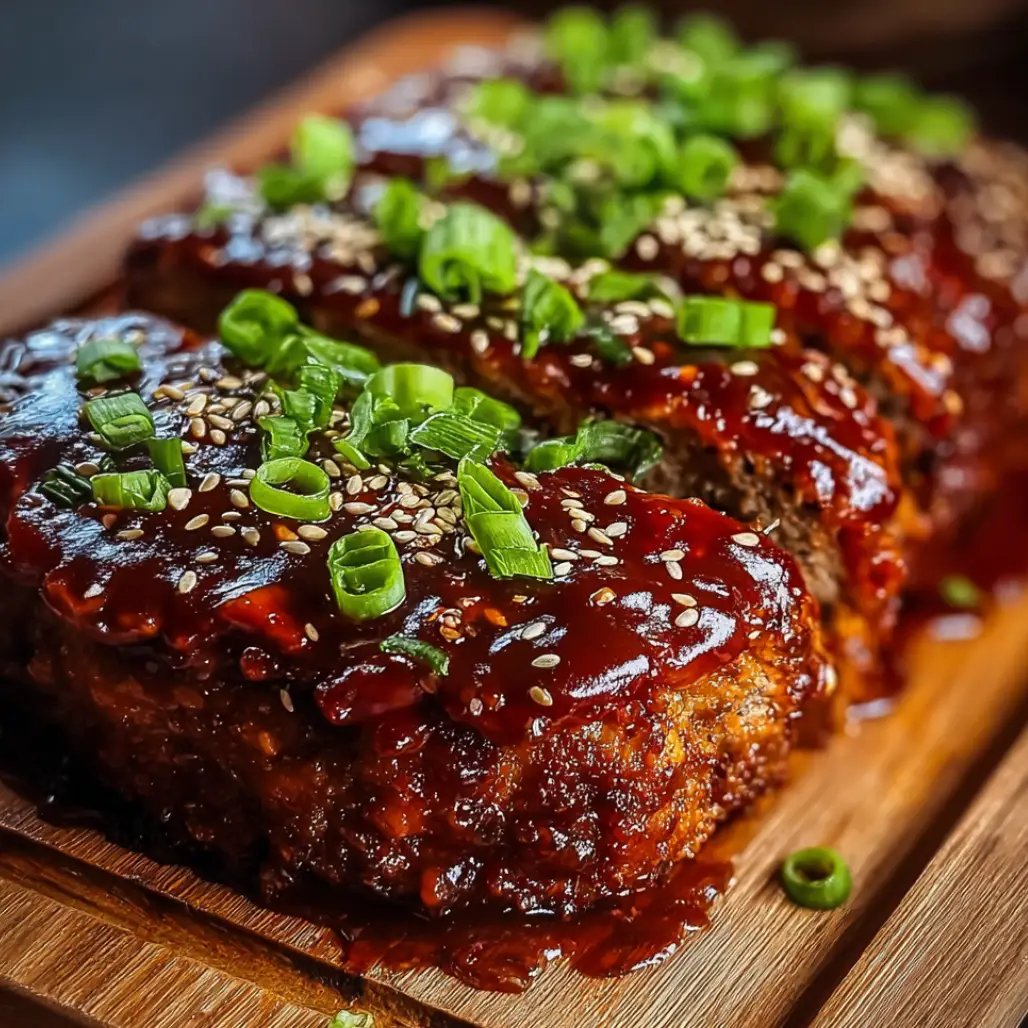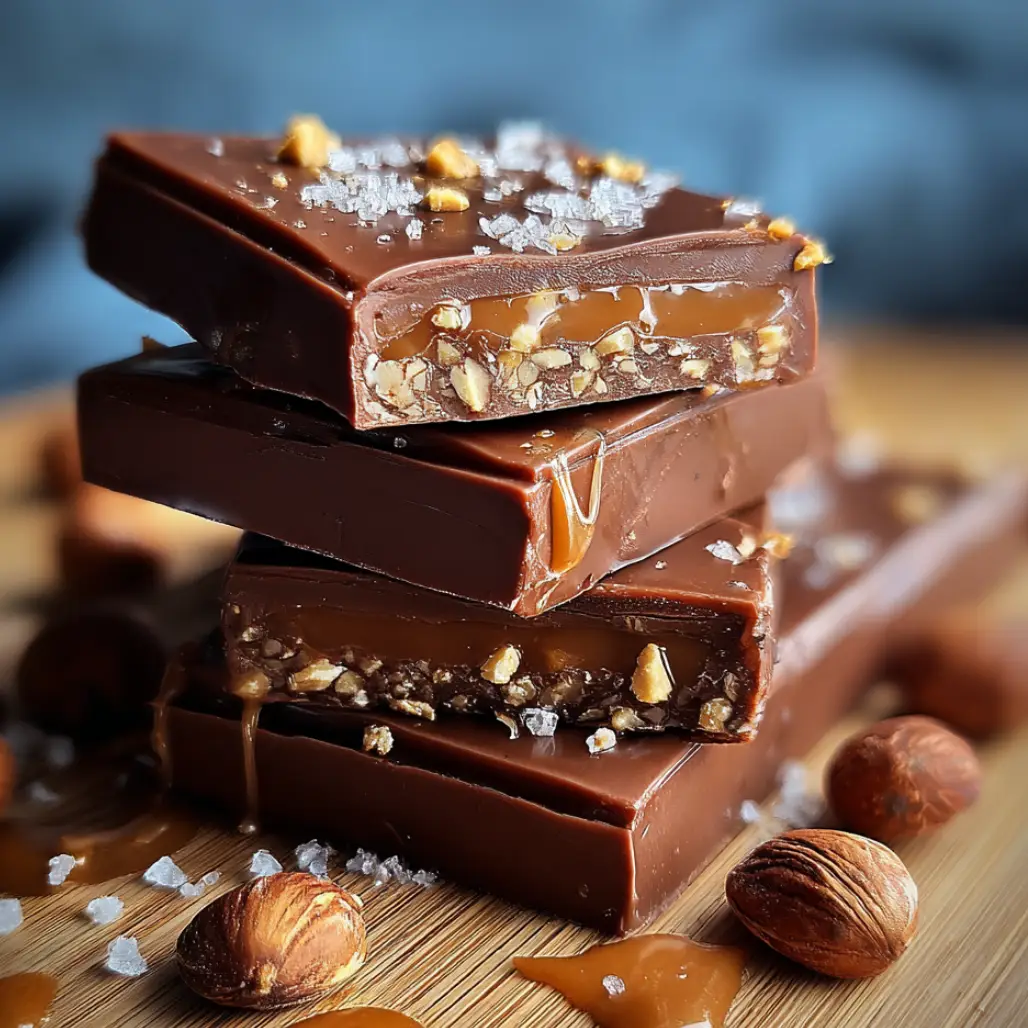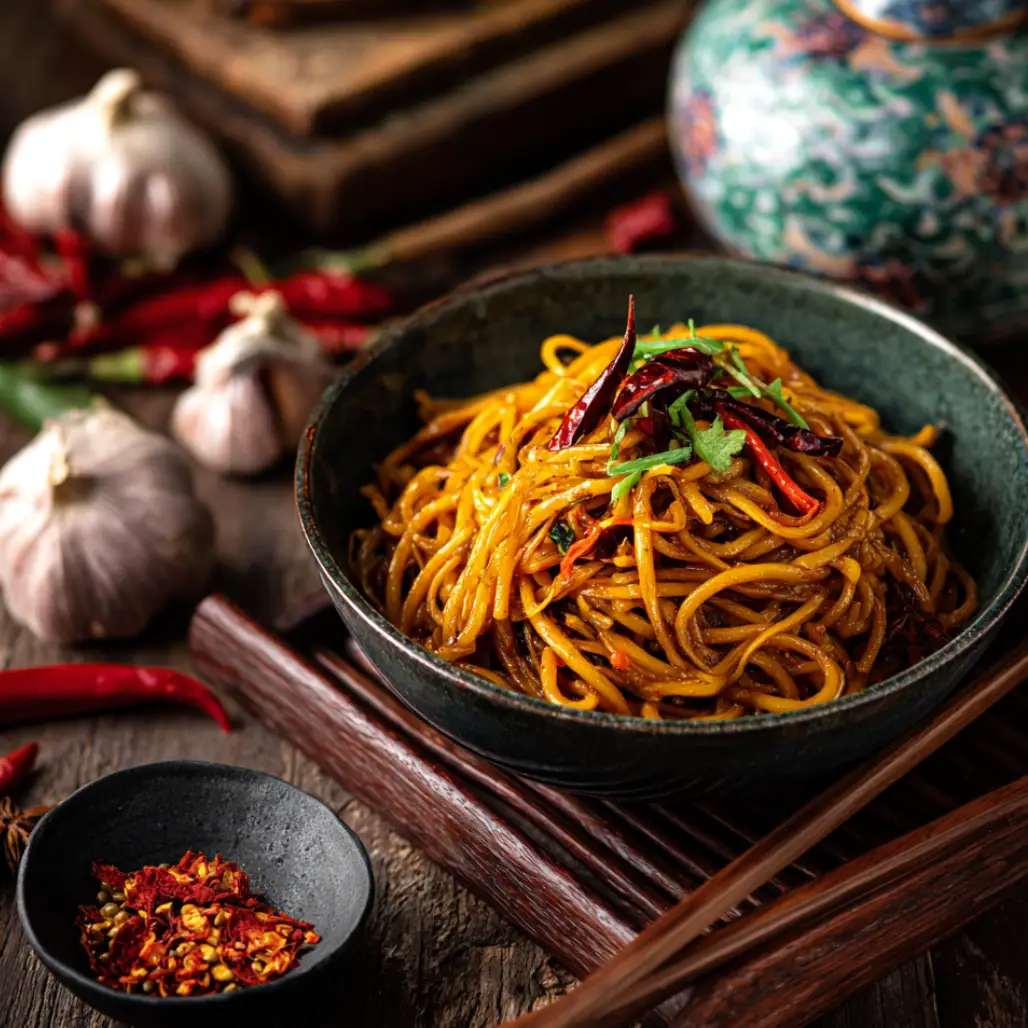| Prep Time | Cook Time | Total Time | Serves |
|---|---|---|---|
| 15 minutes | 30 minutes | 45 minutes | 6 |
When comfort food reaches its ultimate expression, the result is this extraordinary baked potato soup that captures all the beloved flavors of a loaded baked potato while delivering them in a soul-warming, spoon-friendly format that transforms ordinary ingredients into liquid gold because this recipe embodies everything we crave about the perfect baked potato experience. This creamy, indulgent soup brings together crispy bacon, sharp cheddar cheese, tangy sour cream, and tender potatoes in a velvety broth that feels like a warm embrace from the inside out because every spoonful delivers the satisfaction of your favorite steakhouse side dish reimagined as the ultimate comfort meal that can be prepared in a fraction of the time required for traditional baked potatoes.
Why This Baked Potato Soup Will Revolutionize Your Comfort Food Game
This baked potato soup stands apart from ordinary comfort food recipes because it achieves that perfect balance between richness and satisfaction while maintaining the authentic flavors that make loaded baked potatoes so universally beloved, proving that you don’t need to sacrifice quality for convenience when creating memorable meals. The genius of this recipe lies in its ability to concentrate and intensify all the classic baked potato flavors through careful ingredient layering and proper cooking technique because the soup format allows these beloved tastes to meld together in ways that actually enhance rather than diminish their individual characteristics.
The convenience factor cannot be overstated when considering how this recipe transforms a time-intensive dish into something achievable any night of the week because traditional baked potatoes require over an hour in the oven, while this soup delivers the same satisfying experience in less than 45 minutes of active cooking time. The one-pot preparation method eliminates the need for oven preheating and lengthy baking times while creating superior flavor integration through the natural interaction of ingredients in the cooking liquid.
What sets this baked potato soup apart from other comfort soup recipes is its faithful representation of the loaded baked potato experience because every traditional topping finds its perfect expression in liquid form, from the smoky bacon that infuses the entire soup with its rendered fat to the sharp cheddar that creates luxurious creaminess throughout every spoonful. The soup format actually enhances certain aspects of the original dish because the extended simmering allows flavors to penetrate more deeply throughout all components, creating a more integrated and intensely satisfying taste experience than even the best loaded baked potato.
Complete Ingredients List
For the Soup Base:
- 6 slices thick-cut bacon, chopped
- 1 large yellow onion, diced
- 3 garlic cloves, minced
- 1/4 cup all-purpose flour
- 4 cups chicken broth
- 2 cups whole milk
- 2 pounds Russet potatoes, peeled and cubed
For the Seasonings:
- 1 teaspoon salt (or to taste)
- 1/2 teaspoon black pepper
- 1/2 teaspoon dried thyme
- 1/4 teaspoon paprika
For the Creamy Finish:
- 1 cup sharp cheddar cheese, freshly grated
- 1/2 cup sour cream
- 2 tablespoons butter
- 2 tablespoons fresh chives, chopped
For Garnish and Serving:
- Extra sharp cheddar cheese, grated
- Additional sour cream
- Fresh chives, chopped
- Reserved crispy bacon
- Crusty bread for serving
Essential Ingredients for Baked Potato Soup
The foundation of exceptional baked potato soup begins with selecting the right potato variety because not all potatoes behave equally when transformed into soup, and this choice determines whether you achieve the perfect creamy texture or encounter disappointing results. Russet potatoes serve as the ideal choice because their high starch content breaks down beautifully during cooking, naturally thickening the soup while contributing to that signature creamy mouthfeel that defines outstanding baked potato soup, while their fluffy texture when cooked mimics the interior of a perfectly baked potato.
Quality bacon represents the flavor cornerstone that transforms simple potato soup into something extraordinary because the rendered bacon fat provides the cooking medium for aromatics while the crispy pieces deliver textural contrast and smoky flavor that defines the loaded baked potato experience. Thick-cut bacon works best because it renders more fat for cooking while maintaining better texture after crisping, and its substantial pieces provide satisfying bites that remind you of traditional baked potato toppings.
Sharp cheddar cheese creates the luxurious, creamy texture that makes this soup so addictive while providing the tangy intensity that balances the richness of the other ingredients because aged cheddar offers complexity that mild varieties cannot match. Freshly grated cheese melts more smoothly than pre-shredded varieties because it lacks anti-caking agents that can create grainy textures, and the superior melting characteristics ensure perfect incorporation into the soup base.
Aromatics including onions and garlic provide the savory foundation that prevents the soup from tasting flat or one-dimensional because these ingredients create complex base notes that enhance rather than compete with the potato and cheese flavors. Quality chicken broth serves as the liquid foundation that carries all flavors throughout the soup while contributing additional depth that water cannot provide.
Dairy components including whole milk, sour cream, and butter work together to create the multi-layered richness that defines exceptional baked potato soup because each contributes different textural and flavor elements that combine to replicate the experience of a perfectly loaded baked potato. The sour cream adds essential tanginess that cuts through the richness while providing the authentic flavor that makes this soup taste like its inspiration.
The Art of Creating Perfect Baked Potato Soup
Mastering baked potato soup requires understanding the sequence of flavor development that builds complexity systematically because each cooking stage contributes essential elements that cannot be achieved through shortcuts or alternative methods. The process begins with properly rendering the bacon because this crucial step creates the flavorful fat that serves as the cooking medium for aromatics while developing the crispy pieces that provide textural contrast in the finished soup.
Temperature control throughout the cooking process determines success because different ingredients require specific heat levels to contribute their optimal flavors and textures to the final dish. The initial bacon rendering phase demands medium heat that allows gradual fat release without burning, while the flour cooking stage requires careful attention to prevent the roux from developing bitter flavors that would compromise the soup’s overall taste profile.
The potato cooking technique represents the most critical skill because achieving the perfect texture balance requires understanding when potatoes reach optimal tenderness for blending while maintaining enough structure to provide satisfying pieces in the finished soup. Overcooking creates gluey texture while undercooking prevents proper starch release that naturally thickens the soup and creates the desired consistency.
The dairy incorporation process requires precise timing and temperature management because adding cold dairy to hot soup can cause curdling, while incorporating cheese at too high a temperature results in separation that cannot be corrected through additional cooking or stirring techniques.
Step-by-Step Instructions for Baked Potato Soup
Begin by chopping 6 slices thick-cut bacon into 1-inch pieces using kitchen shears or a sharp knife, then place them in a large, heavy-bottomed pot over medium heat to render slowly and evenly because properly cooked bacon provides both the cooking fat and crispy garnish essential to authentic baked potato soup flavor. Cook the bacon pieces for 8-10 minutes, stirring occasionally, until they reach golden-brown crispness and have released most of their fat because thorough rendering creates the flavorful foundation that infuses the entire soup.
Professional Tip: Use kitchen shears to cut bacon while it’s slightly frozen, which makes cutting much easier and creates more uniform pieces that cook evenly throughout the rendering process.
Key Points: The bacon should be deeply golden and crispy with most fat rendered out, and you should have approximately 2-3 tablespoons of bacon fat remaining in the pot for cooking the aromatics.
Remove the crispy bacon pieces with a slotted spoon to a paper towel-lined plate, leaving the rendered fat in the pot because this flavorful fat will serve as the cooking medium for the aromatics and contribute essential flavor throughout the soup. Add 1 large diced onion to the bacon fat and cook over medium heat for 5-6 minutes until softened and translucent, stirring occasionally to prevent browning because properly cooked onions provide the sweet, aromatic foundation that balances the rich bacon and cheese flavors.
Professional Tip: Cook onions slowly to develop their natural sweetness without browning, which would introduce bitter notes that compete with the soup’s comfort food character.
Key Points: The onions should be translucent and fragrant without any harsh browning, and they should have absorbed some of the bacon fat to carry those flavors throughout the soup.
Stir in 3 minced garlic cloves and cook for 1 minute until fragrant, being careful not to let the garlic burn because burnt garlic introduces bitter flavors that persist throughout the cooking process and cannot be corrected. Sprinkle 1/4 cup all-purpose flour over the mixture and stir constantly for 2-3 minutes to cook out the raw flour taste and create a light roux that will help thicken the soup because uncooked flour creates an unpleasant starchy flavor and fails to provide proper thickening power.
Professional Tip: The flour should smell nutty and toasted when properly cooked, and the mixture should form a paste-like consistency that coats the aromatics evenly without any dry flour remaining visible.
Key Points: Constant stirring prevents the flour from burning, and proper cooking eliminates any raw flour taste while creating the thickening base that will give the soup its proper consistency.
Gradually whisk in 4 cups chicken broth and 2 cups whole milk, adding the liquid slowly while whisking constantly to prevent lumps from forming because rapid addition of liquid to flour creates clumps that are difficult to dissolve and affect the soup’s smooth texture. Add 2 pounds cubed Russet potatoes, 1 teaspoon salt, 1/2 teaspoon black pepper, 1/2 teaspoon dried thyme, and 1/4 teaspoon paprika, bringing the mixture to a boil before reducing heat to maintain a gentle simmer.
Professional Tip: Add the liquid in three additions, whisking thoroughly after each addition to ensure smooth incorporation and prevent any lumps from forming in the soup base.
Key Points: The mixture should be completely smooth after adding all liquid, and the simmer should be gentle enough to avoid violent bubbling that breaks up the potatoes too quickly before they’re properly tender.
Cover and simmer for 15-20 minutes until potatoes are fork-tender and beginning to break apart slightly because properly cooked potatoes will naturally thicken the soup while maintaining enough structure to provide satisfying texture in each spoonful. Remove from heat and use an immersion blender to partially blend the soup, pureeing about half of the potatoes while leaving some chunks for texture because this technique creates the perfect balance between smooth creaminess and satisfying substance.
Professional Tip: Blend in short bursts and check frequently to avoid over-blending, which can create gluey texture, and aim for a consistency where some potato pieces remain visible for textural interest.
Key Points: The soup should be visibly thicker after blending with a creamy base punctuated by tender potato pieces, and the texture should coat a spoon without being overly thick or gluey.
Return the pot to low heat and gradually stir in 1 cup freshly grated sharp cheddar cheese, adding it in handfuls while stirring constantly until completely melted and incorporated because adding cheese slowly at low temperature prevents separation and ensures smooth integration. Remove from heat completely and stir in 1/2 cup sour cream and 2 tablespoons butter until smooth and fully incorporated because off-heat addition prevents curdling while these final ingredients add richness and authentic baked potato flavor.
Professional Tip: Never boil the soup after adding cheese and sour cream because high heat causes proteins to coagulate and create grainy texture that cannot be corrected.
Key Points: The cheese should melt completely without any lumps or strings, the soup should have a rich, golden color with a velvety smooth texture, and the final consistency should coat a spoon while remaining easily pourable.
Taste and adjust seasoning with additional salt and pepper as needed, then serve immediately in warmed bowls, garnishing each serving with reserved crispy bacon, extra grated cheddar cheese, a dollop of sour cream, and fresh chopped chives because these final touches complete the loaded baked potato experience and provide visual appeal that makes the soup as beautiful as it is delicious.
Professional Tip: Warm the serving bowls beforehand to keep the soup at optimal serving temperature, and arrange garnishes attractively for restaurant-quality presentation that enhances the dining experience.
Key Points: The finished soup should taste balanced with no single flavor overpowering the others, and the garnishes should provide textural contrast and visual appeal that replicates the loaded baked potato experience.
Professional Tips for Baked Potato Soup Success
Quality ingredient selection dramatically impacts the final result because this soup relies on the natural flavors of each component to create its complex, satisfying taste profile rather than masking inferior ingredients with excessive seasoning or artificial enhancers. Choose thick-cut bacon from the butcher counter or premium brands because thin bacon doesn’t render enough fat and can become brittle and bitter when cooked, while quality bacon provides the rich, smoky flavor that defines authentic loaded baked potato taste.
Timing considerations become crucial when preparing this soup because different ingredients require specific cooking durations to reach their optimal contribution to the dish. Never rush the bacon rendering phase because properly cooked bacon provides flavor compounds that cannot be replicated through other cooking methods, while rushing the potato cooking results in uneven texture that affects the soup’s overall appeal and satisfaction level.
Temperature management throughout the cooking process determines whether you achieve smooth, creamy perfection or encounter problems with separation and graininess. Never boil the soup after adding dairy components because high heat causes proteins to coagulate and create unappetizing texture that cannot be corrected through additional cooking, stirring, or ingredient additions that attempt to salvage the damaged soup.
Texture control requires understanding the balance between smooth creaminess and satisfying substance because baked potato soup should provide both comfort and textural interest in each spoonful. Use an immersion blender judiciously to achieve the perfect consistency, blending just enough to create creaminess while preserving enough potato pieces to provide the substantial mouthfeel that makes this soup so satisfying and reminiscent of its inspiration.
Creative Variations for Baked Potato Soup
Transform this base recipe into exciting variations by incorporating different vegetables and proteins that complement the core potato and bacon combination because the foundational technique remains consistent while allowing for creative adaptations that reflect seasonal availability and personal preferences. Add roasted corn kernels and diced jalapeños to create a southwestern version that brings additional sweetness and heat, while roasted red peppers and smoked paprika introduce Spanish-inspired flavors that complement the existing smokiness from the bacon.
Create heartier versions by incorporating proteins that enhance rather than compete with the existing flavor profile because the soup base can support additional ingredients without losing its essential character. Diced ham works beautifully when added during the final cooking stages, while cooked chicken provides protein without overwhelming the potato and cheese flavors because these additions transform the soup from appetizer to main course while maintaining its comfort food appeal.
For dietary accommodations, create lighter versions by substituting turkey bacon for regular bacon and using low-fat milk with reduced-fat cheese because these modifications significantly reduce calorie and fat content while preserving the essential flavor profile that makes this soup so appealing. Vegetarian adaptations work well with butter instead of bacon fat and vegetable broth instead of chicken broth because the potato and cheese components provide enough richness to support these substitutions successfully.
Seasonal variations keep the recipe fresh throughout the year because different additions reflect changing seasons while maintaining the core appeal that makes this soup universally loved. Spring versions benefit from fresh peas and chives, summer adaptations work well with fresh corn and herbs, while autumn versions shine with roasted butternut squash additions that complement the existing flavors while adding seasonal appeal and additional nutrition.
Perfect Pairings for Baked Potato Soup
The rich, substantial nature of baked potato soup calls for accompaniments that provide textural contrast and palate-cleansing elements because the ideal meal creates balance through complementary flavors and textures rather than competing richness that overwhelms the dining experience. Crusty artisan bread or sourdough rolls serve as perfect companions for soaking up every drop of the delicious soup while providing satisfying carbohydrates that complete the meal because bread’s neutral flavor allows the soup’s complex taste to remain the star attraction.
Fresh, crisp salads with bright vinaigrettes cut through the soup’s richness beautifully because acidic dressings cleanse the palate between spoonfuls while adding essential vegetables and nutrients to the overall meal composition. Consider mixed green salads with lemon vinaigrette or arugula salads with balsamic reduction because these options provide essential contrast while maintaining harmony with the comfort food theme that defines this satisfying soup experience.
Wine pairings should complement rather than compete with the soup’s rich, cheesy character because the goal is enhancement rather than contrast with this indulgent, comfort-focused dish. Chardonnay or Pinot Grigio provide crisp acidity that balances the cream and cheese, while light red wines like Pinot Noir can work surprisingly well because their earthy notes complement the potatoes and bacon without overwhelming the delicate cheese flavors that define this soup’s appeal.
For casual dining situations, consider serving alongside artisanal snacks and appetizers that provide variety without competing for attention, such as cheese crackers, vegetable crudités, or pickle selections because these options allow guests to customize their experience while keeping focus on the soup as the satisfying centerpiece that brings everyone together around the table.
Discover More Delicious Comfort Food Combinations
Expanding your comfort food repertoire creates opportunities to explore dishes that share similar techniques and richness levels because understanding these connections helps develop more sophisticated cooking skills while building a collection of reliable, family-pleasing recipes that deliver consistent satisfaction. Explore savory side dishes that complement creamy soups, such as roasted root vegetables, herb-crusted potatoes, or seasoned grain dishes because these sides provide additional substance while maintaining flavor harmony that enhances the overall comfort food experience.
Consider pairing baked potato soup with flavorful dips and marinades for bread service, creating an interactive dining experience that encourages sharing and conversation because communal eating enhances the comfort food experience while providing interesting flavor combinations that keep meals engaging. Options like herb butter, cheese spreads, or bacon jam reinforce the rich, savory theme while offering variety in textures and tastes that please different preferences and dietary needs.
Complete the meal with refreshing beverages that balance the soup’s richness, such as sparkling water with citrus, herbal teas, or craft beer because appropriate beverage selection aids digestion and prevents palate fatigue while enhancing overall meal satisfaction. The goal is creating harmony between all meal components while allowing the soup to remain the star attraction that brings everyone together for meaningful dining experiences.
For special occasions, consider incorporating breakfast favorites as brunch companions because baked potato soup works beautifully as part of hearty brunch spreads, particularly when served alongside fresh fruits, artisan pastries, or egg dishes that complement rather than compete with the soup’s substantial, satisfying character that makes it perfect for leisurely weekend meals that create lasting memories.
Storage Guidelines for Baked Potato Soup
Proper storage techniques ensure that baked potato soup maintains its quality and safety while preserving the carefully developed flavors and textures that make this dish so appealing because improper storage can result in separation, texture changes, and potential food safety issues that affect both enjoyment and health. Allow the soup to cool completely to room temperature before refrigerating because placing hot soup directly in the refrigerator can raise the internal temperature and potentially compromise other stored foods while creating condensation that affects soup quality and safety.
Store cooled soup in airtight containers in the refrigerator for up to 4 days, understanding that the texture will thicken considerably as the potatoes continue to absorb liquid during storage because starch continues to bind with moisture even at cold temperatures. When reheating, add additional broth or milk gradually while stirring to restore the desired consistency because overly thick soup can be corrected but requires careful attention to prevent scorching during the reheating process.
Freezing considerations require special attention because dairy-based soups can separate when frozen and thawed, potentially creating unappetizing texture changes that affect both visual appeal and mouthfeel. For best results when freezing, consider omitting the sour cream and final cheese addition, incorporating these components fresh when reheating because this technique maintains optimal texture and prevents the separation issues that plague most frozen cream-based soups.
When reheating frozen or refrigerated soup, use low heat and stir frequently to prevent scorching because cream and cheese soups require gentle reheating to maintain smooth texture and prevent curdling that ruins the soup’s appealing character. Add fresh herbs, additional cheese, or a splash of cream during reheating to restore the soup’s original brightness and richness that makes it so satisfying and comforting for family meals.
The Science Behind Perfect Baked Potato Soup
Understanding the scientific principles behind baked potato soup creation helps achieve consistent results while troubleshooting potential issues because cooking is fundamentally applied chemistry that follows predictable patterns when properly understood and executed with precision. The natural thickening that occurs from properly cooked potatoes results from starch gelatinization, where potato starches absorb liquid and swell to create the characteristic creamy texture without requiring excessive amounts of flour or other thickening agents that can mask the natural potato flavor.
Protein reactions during the bacon rendering phase create hundreds of flavor compounds through Maillard reactions because these chemical changes develop the complex, savory tastes that cannot be achieved through other cooking methods or shortcuts that attempt to replicate bacon flavor. Understanding this principle explains why proper bacon cooking is essential and cannot be rushed without compromising the final flavor development that distinguishes exceptional soup from mediocre versions that lack depth and complexity.
The emulsification process that creates smooth, creamy texture relies on proper fat and protein interactions because the fats in the bacon and dairy must combine properly with the water-based broth to create a stable mixture that remains smooth throughout cooking and storage. This explains why temperature control is crucial when adding dairy components and why high heat causes separation that ruins the soup’s appealing texture and professional appearance.
Cheese melting science involves understanding how proteins and fats behave at different temperatures because cheese contains both water-soluble and fat-soluble components that must integrate properly with the soup base to create smooth incorporation without graininess. The gradual addition of cheese at low temperature allows these components to disperse evenly while maintaining the luxurious texture that defines exceptional baked potato soup.
Troubleshooting Common Baked Potato Soup Issues
Grainy or separated soup typically results from adding dairy components at too high a temperature or overheating the soup after cheese incorporation because proteins coagulate rapidly when exposed to excessive heat, creating lumps and separation that cannot be smoothed through stirring alone. Prevent this issue by removing the pot from heat completely before adding cheese and sour cream, stirring constantly during incorporation because gradual addition at low temperature allows proper melting without protein coagulation.
If separation occurs despite precautions, try whisking vigorously while adding small amounts of cold milk or cream because this technique can sometimes re-emulsify the mixture, though prevention remains preferable to correction attempts that may not fully restore the soup’s smooth texture. For future batches, ensure all dairy components are at room temperature before adding to reduce thermal shock that contributes to separation problems.
Gluey or overly thick soup often results from over-blending the potatoes or using the wrong potato variety because different potatoes contain varying amounts of starch that behave differently when cooked and pureed. Russet potatoes work best because their starch content provides natural thickening without becoming gluey when properly handled, while over-blending releases too much starch and creates unpleasant texture that cannot be corrected through dilution alone.
Bland or flat-tasting soup usually indicates insufficient seasoning at various stages or inadequate bacon rendering that fails to develop proper flavor foundation because taste develops throughout the cooking process and requires attention at multiple points rather than relying on final seasoning alone. Season lightly at each stage and perform final seasoning adjustments just before serving because layered seasoning creates more complex and satisfying flavor profiles than attempting to correct blandness only at the end of the cooking process.
Additional Inspiration for Comfort Food Mastery
Mastering baked potato soup opens doors to exploring related comfort food recipes that share similar techniques and ingredient combinations because understanding these connections accelerates cooking skill development while expanding your repertoire of satisfying, family-pleasing dishes that deliver consistent results. Consider exploring perfect side dishes that complement creamy soups, such as roasted vegetables, grain salads, or herb-crusted breads because these accompaniments create complete meals that satisfy multiple taste preferences and dietary needs while maintaining the comfort food theme.
The techniques learned in creating baked potato soup apply directly to other cream-based dishes because the fundamental principles of roux preparation, dairy incorporation, and texture control remain consistent across similar recipes that rely on these foundational skills. This knowledge enables confident experimentation with ingredient substitutions and modifications because understanding the underlying science allows for creative adaptations while maintaining successful results that please family and friends consistently.
Seasonal cooking provides opportunities to incorporate fresh, local ingredients while maintaining the core appeal of the original recipe because the basic technique adapts beautifully to different vegetables and flavors throughout the year while supporting optimal nutrition and ingredient quality. Consider spring versions with fresh herbs and peas, summer adaptations with corn and tomatoes, or winter variations with root vegetables and hearty greens because seasonal cooking maintains interest while supporting local agriculture and sustainable eating practices.
Complete your comfort food journey by exploring dessert recipes that provide satisfying conclusions to hearty meals because the ideal dinner progression includes sweets that complement rather than overwhelm the preceding flavors, creating memorable dining experiences that bring families together around the table for meaningful conversations and lasting memories that extend far beyond the meal itself and create traditions that endure through generations of shared cooking experiences.
Conclusion
Baked potato soup represents the ultimate expression of comfort food creativity because it transforms a beloved side dish into a complete meal that nourishes both body and soul while demonstrating how thoughtful adaptation can enhance rather than diminish traditional flavors and experiences. This recipe embodies the principles that make comfort food so universally appealing, combining familiar tastes with satisfying textures that create emotional connections to food extending far beyond simple nutrition because the act of preparing and sharing this soup becomes an expression of care and hospitality that defines the essence of home cooking.
The versatility of baked potato soup makes it an invaluable addition to any cook’s repertoire because it adapts beautifully to ingredient substitutions, dietary modifications, and seasonal variations while maintaining its essential character and broad family appeal that makes it suitable for any occasion from casual weeknight dinners to special gatherings. Whether serving as a quick comfort meal or an impressive first course, this soup delivers consistent results that build confidence and encourage continued culinary exploration because success breeds enthusiasm for home cooking adventures.
Most importantly, baked potato soup creates opportunities for connection and sharing because comfort food fundamentally serves to bring people together around the table, fostering conversations and creating memories that outlast the meal itself while providing the kind of nourishing satisfaction that defines meaningful hospitality. The process of preparing this soup becomes a meditation on the simple pleasures of transforming basic ingredients into something extraordinary through care, technique, and love, reminding us that some of life’s greatest satisfactions come from the most fundamental acts of nurturing ourselves and those we cherish through the universal language of delicious, comforting food that warms both body and spirit in equal measure.









